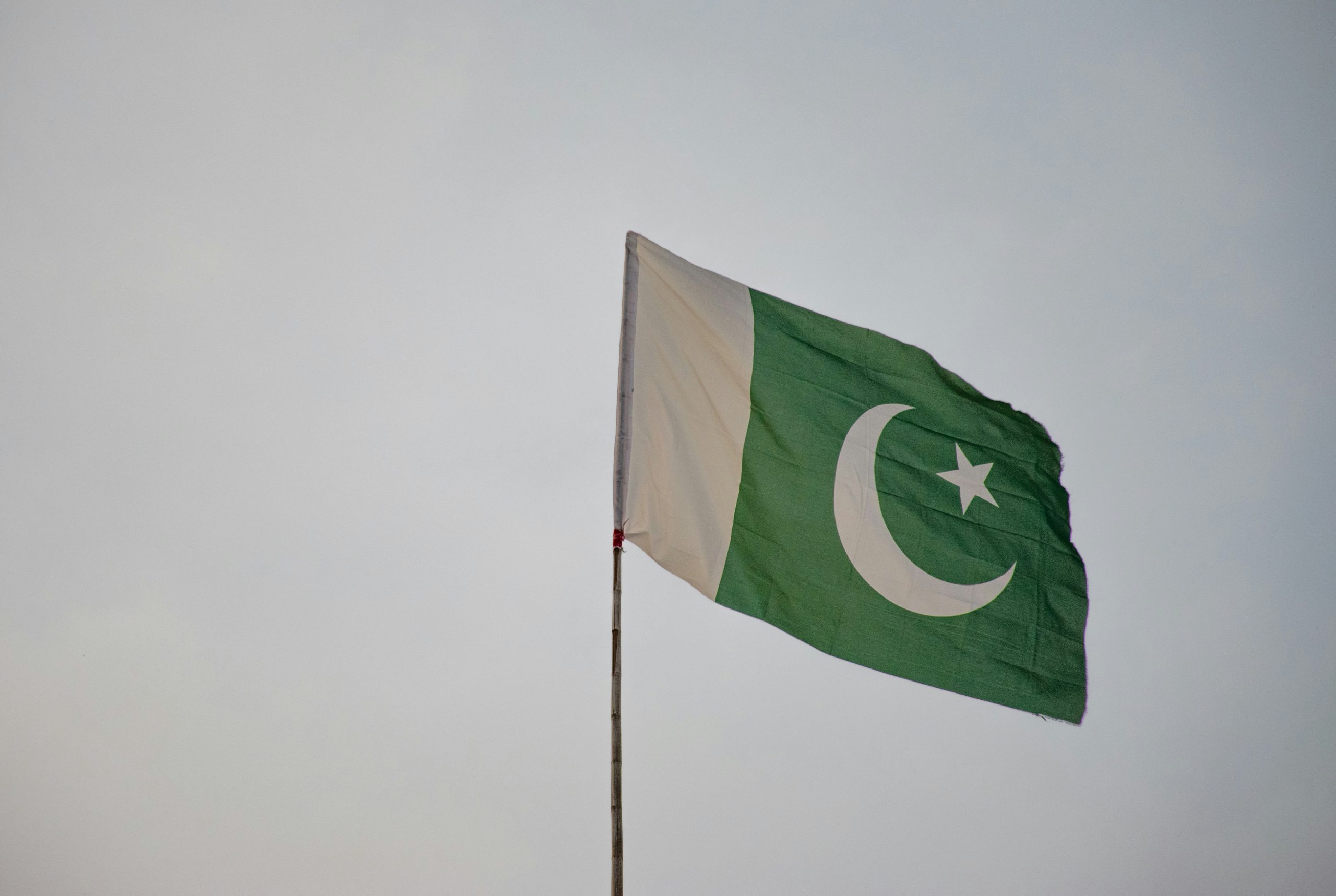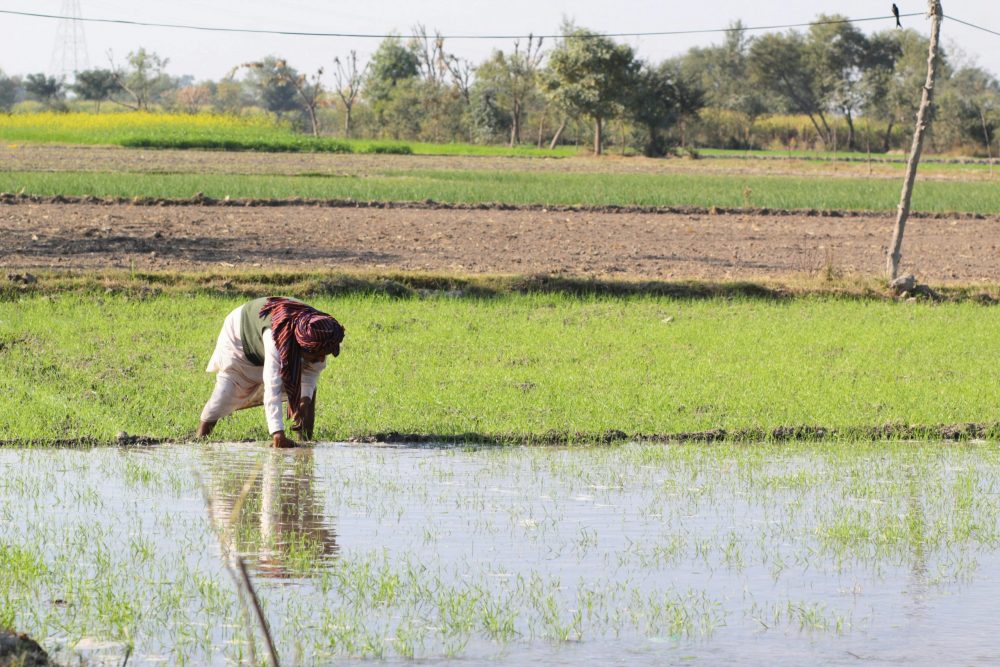Globally, women face reduced employment prospects in comparison to men. Particularly in developing countries, women are more likely to be unemployed, have limited job opportunities, and work in the informal sector, with the majority serving as contributing family workers. This gender inequality in the physical world also extends to the digital world, where globally a higher percentage of women are offline compared to men. The Global Systems for Mobile Communications Association’s (GSMA) mobile gender gap report (2024) reveals a concerning gender disparity in mobile phone ownership. It states that women are 8% less likely to own a mobile phone compared to men. However, the extent of this gap varies greatly across regions. South Asia, in particular, faces the widest gender gap in mobile phone ownership, reaching 15%. Among the countries surveyed, Pakistan stands out with the largest gap of 38% in mobile phone ownership. Additionally, the report highlights that only 26% of women in Pakistan own a smartphone, while the statistic for men is 52%. The statistics emphasize an urgent need to address the gender digital divide and promote equal access to mobile and smartphone technologies.
Considerable research attention has been devoted to studying the effects of digitalization on gender equality, income, and employment. Mobile and smartphones hold significant economic value for individuals with limited financial resources, as they offer greater convenience and portability compared to landline phones. Additionally, lower fixed costs associated with physical infrastructure make mobile and smartphones a more accessible asset for the economically disadvantaged. In our study, we examine the gender dimension of the mobile phone ownership divide and its relevance for female labour force participation in the context of developing countries, that is, Pakistan.

Figure 1 – % of individuals 10 years or older with mobile ownership
Source – Pakistan Social and Living Standards Measurement Survey (2019-2020)
Gender digital divide in mobile phone ownership
Figure 1 shows that there exist noticeable gender differences in mobile phone ownership. In our research, we examine the gender digital divide in mobile or smartphone ownership and identify the contribution of individual covariates (characteristics) in explaining the divide. The results show that men, on average, are more likely to own a mobile or smartphone making them an advantaged group in our analysis. Among observable characteristics, literacy and income are the major contributors to the gender digital divide in Pakistan. However, the results show that sociocultural or institutional factors are primarily responsible for the huge gender digital divide in Pakistan. The combination of policies, laws, and social norms in developing countries creates barriers for women. These barriers lead to a vicious circle that hinders women from achieving financial independence to afford digital technologies, which can significantly enhance their economic well-being. In addition, the acquisition of technology is typically associated with men, and prevailing gender norms regarding men’s access to and use of technology restrict women’s opportunities to learn, utilize, and reap the benefits of technology. Furthermore, sociocultural factors play a significant role in shaping the actual and perceived benefits of digital tools, often leading to women being unaware of the advantages of utilizing these tools.
An important insight from Figure 1 shows a considerable digital divide between rural and urban females. We further analyse the rural-urban digital divide in mobile or smartphone ownership between females. Women in urban areas are more likely to own a mobile or smartphone compared to women in rural areas. Furthermore, the digital divide in mobile or smartphone ownership between rural and urban females is mainly driven by observable characteristics. The differences in literacy, education, income, and wealth are the main contributors to the observed digital divide between rural and urban females in Pakistan.
Digitalization through mobile phones and female labour force participation
The widespread adoption of mobile and smartphones has transformed how females manage their time and participate in different activities (leisure and home production), thereby influencing their engagement in the labour market. The use of mobile phones and smartphones as tools for job search directly affects labour force participation, enhancing their socialization skills and enabling the creation of external social networks even from the comfort of their homes. The study reveals a significant and positive association of mobile or smartphone ownership with female labour force participation in Pakistan. The results also highlight that women living in urban areas are less likely to participate in the labour force compared to those in rural areas, although the difference is not statistically significant. This could be attributed to urban women spending more time on leisure activities facilitated by mobile or smartphones, which they are more likely to own. On the other hand, rural women use mobile phones primarily for work-related purposes. For instance, studies from Bangladesh and India show that rural women use mobile phones for various activities such as social networking, employment, education, and accessing health-related services.
Bridging the digital divide: empowerment through digitalization and upskilling
Our analysis highlights several key points regarding the gender digital divide and its implications for women in Pakistan. To bridge the gender digital divide and empower females, we strongly recommend expanding employment opportunities through digitalization. This entails that interventions that provide digital training and upskilling programs for lower-income urban women and women from rural households may not only bridge the gender digital divide but also help them in uplifting their economic well-being through increased participation in the labour force. Furthermore, interventions that ensure that rural women have affordable and reliable mobile networks along with improvement in the provision of education and health facilities can serve as instruments for attaining gender equality, hence economic growth. More customized approaches, for example, agricultural advisory and market information about prices, information on weather conditions, and quality of inputs along with off-farm employment opportunities through interactive voice response (IVR) or short messages, can help women contribute to rural development.
The blog presents the findings of the following research paper:
Amber, H., & Chichaibelu, B. B. (2023). Narrowing the gender digital divide in Pakistan: Mobile phone ownership and female labour force participation. Review of Development Economics, 1-29.





